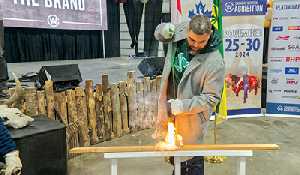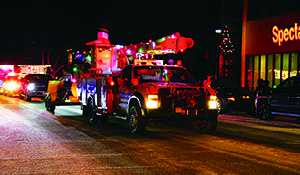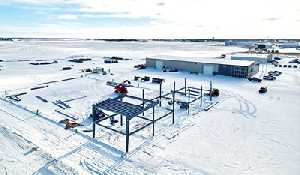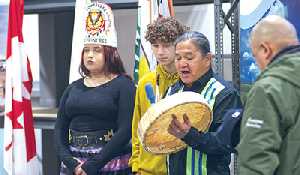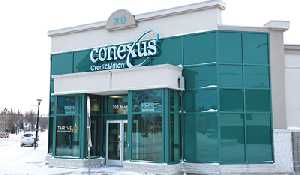Crews will be working on right-of-way this summer
Reclaiming the Enbridge pipeline right-of-way
May 30, 2019, 7:59 am


What happens after Enbridge’s Line 3 replacement pipeline is in the ground?
With construction of the Line 3 replacement pipeline essentially complete in Canada, the process of reclamation—returning the land to its former use and productive capability—is set to begin in Saskatchewan and Manitoba.
Banister Pipelines is overseeing the work on behalf of Enbridge over approximately 280 kilometres from Regina, through the Moosomin area, to Cromer.
A crew of approximately 180 is mobilizing to begin about June 10 and working their way southeast from Regina.
Weather permitting, the expectation is the crews will be in the Moosomin area around mid-August and likely using the Banister construction office as home base during this time.
“Our promise is to restore the pipeline right-of-way to as good or better condition than it was before construction, and to minimize the long-term impact to the land along our pipelines,” says Allen Sawatzky, Construction Manager for the Line 3 project.
“Before construction takes place, we obtain regulatory approval and the environmental permits which prescribe specific reclamation measures and techniques proven to be successful in past projects.”
Most reclamation occurs within the first year following construction. However, it can take longer, depending on weather and other environmental conditions. The first phase involves a more visible presence of workers. As the work winds down, crew sizes diminish as well.
A critical component of right-of-way reclamation involves working with landowners, from the outset of a project, to reach agreement on property-specific items that will be addressed during and after construction.
“This could include things like repairing fences, driveways or landscaping, seeding hay land and native prairie areas, long-term erosion control measures in environmentally sensitive areas, and special care to be taken when working around livestock,” Sawatzky explains.
During excavation for the Line 3 replacement pipeline, topsoil was separated from the subsoil to ensure the land remains productive for agricultural purposes after construction.
The land is re-contoured to maintain drainage patterns, hay land and native prairie areas are reseeded, cultivated land is prepared for planting, and wetlands and watercourses are stabilized and revegetated to prevent erosion and ensure habitat is restored for the many plants and wildlife along the line.
“Although most temporary workspaces will be allowed to grow back, we will generally maintain an approximately 12-metre-wide permanent right-of-way free of structures, trees and shrubs so that the pipeline is visible during aerial inspections and accessible in the case of an emergency,” Sawatzky adds.
To prepare the right-of-way for final reclamation, crews have been out and about in all of the 2018 construction areas making sure everything is okay during spring breakup.
“We’ve got a full complement of staff out there doing general maintenance,” Sawatzky says. “Topping up gravel here and there, some erosion control, sign maintenance, gate repairs, hydroseeding—things like that,” he says. “We’re talking with landowners and staying on top of it.”
One such request came from a landowner in the Maryfield area whose tractor was stuck on the right-of-way.
“We got the tractor off, cleaned it up, put some mats down, and got it across,” Sawatzky says. “And he’s happy because we were able to do it the next morning.”
The Reclamation Process
Enbridge takes numerous measures to minimize the long-term impact along their pipeline rights-of-way. Here are the steps involved:
• After pipe installation but prior to topsoil replacement, environmental crews respond to subsidence and/or drainage issues that create access problems for farmers or landowners, public safety issues, or to prevent environmental issues such as erosion;
• Reclamation begins by removing construction debris, access ramps, and re-contouring the right of way to its original profile;
• Once the subsoil on the right of way is re-contoured, the entire right of way is de-compacted where heavy equipment has been working to prepare the right of way for the replacement of stored topsoil;
• Next, crews pull the stored topsoil piles back over the right of way and distribute it evenly over the area in which it came from, preparing the areas for seeding and revegetation;
• Finally, native prairie and hay lands areas are seeded, cultivated lands are straw crimped to prepare for the planting of the next crop, and pasture land fences are repaired.



















